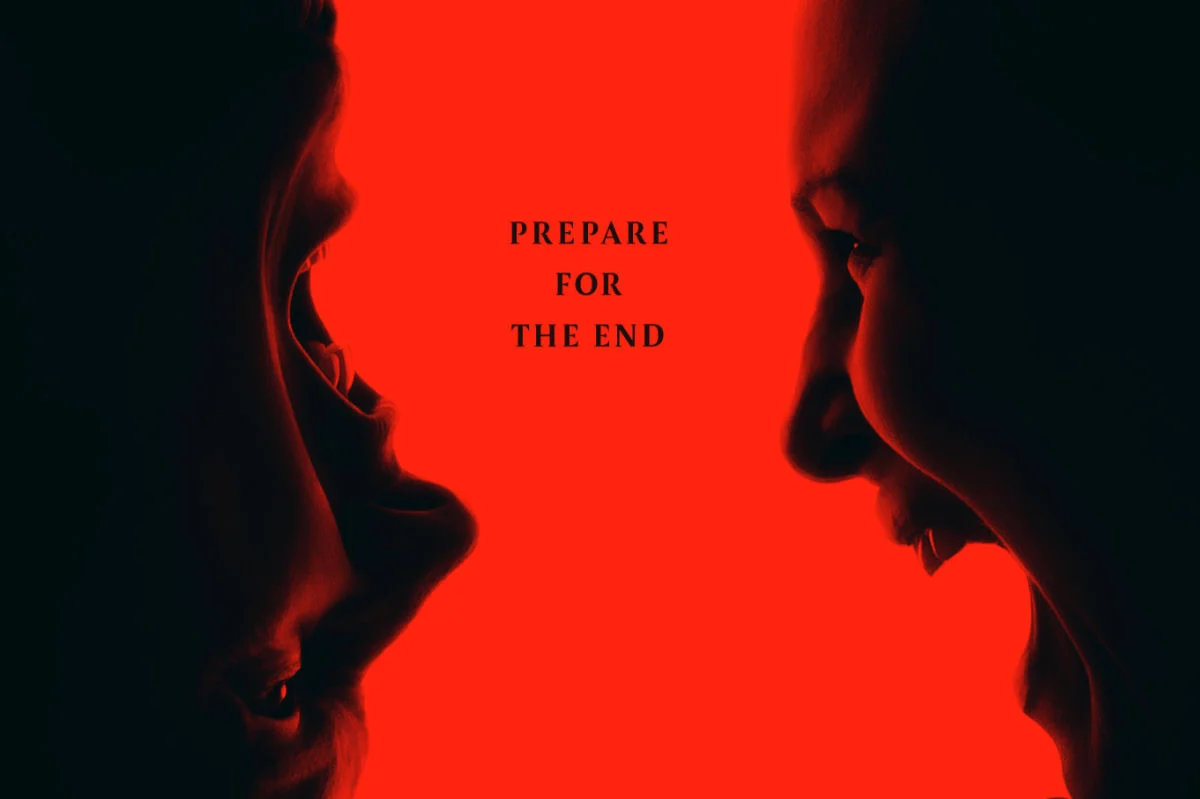One of the most recent trending movies, The Substance, is a body horror film that represents the euphoria from external validation. It is correlated with a deeper message about the challenging path to loving yourself while trying to fit into societal norms.
Elisabeth Sparkle, portrayed by Demi Moore, is a fading A-list celebrity who has retreated into the shadows running her once popular exercise aerobics show. During her 50th birthday celebration, she overhears her disgusting TV producer, Harvey, played by Dennis Quaid, raving about replacing her for a “younger and prettier” woman.
As women age, they get shamed for the natural process of life by both society and the media, and many go to great lengths to appear youthful. Unlike men, such as Harvey, who are older than Elisabeth yet remain relevant, women are burdened with insecurities that have plagued them for centuries.
“It’s dealing with aging and the kind of male perspective of the idealized woman that we as women have bought into,” said Demi Moore on Late Night with Seth Meyers.
Elisabeth battles with her desperation to relive her prime era and obtains “The Substance”.
“The Substance” is a cell-replicating serum that literally creates a “better version of yourself”. Once Elisabeth gives herself the dose, the horror begins. Sue, who Margaret Qualley plays, is practically born out of Sparkle’s back as her new and better replication – a very grotesque visual.
The black market drug is shown to be later abused by Sue because she wants to continue being “Sue” longer. Every other week, the whole requirement of “The Substance” is that they must switch places, with no exceptions. For Sue to continue being herself, she extracts fluid from Elisabeth as a daily dose of stabilizer but is shown to take extra doses and misuse the experience.
“REMEMBER YOU ARE ONE” is a recurrence in the movie for Elisabeth and Sue.
This message develops an extreme level of physical and psychological codependency that neither one can help unless Elisabeth who is considered “The Matrix” says she’s done. Unfortunately, by the time she is done, she transforms into a version of the “Hunchback of Notre Dame”, completely different from her original self.
This movie draws clear inspiration from John Carpenter’s, The Thing, as well as classic horror movies that have bizarre psychological aspects.
In Elisabeth’s transformation, Sue beats her to death, and moments later Sue additionally begins to fall apart. Now battling her insecurities, she partakes in the reuse of the serum for a “better version” of herself. This results in the birth of a mutant, “Monstro Elisasue,” a combination of Elisabeth and Sue.
Elisasue does not conform to traditional beauty standards, appearing as an immoral ogress. However, she carries herself with confidence and dresses up to go perform either way, despite presumed reactions from others.
Everyone is disgusted as she performs and calls Elisasue a freak while simultaneously trying to murder her.
In the end, Elisasue falls apart, leaving Elisabeth’s face and remaining organs to crawl atop her own Hollywood star.
“It’s kind of like her [Elisabeth Sparkle] thoughts, her emotions, her fears are being externalized into a world that’s being populated with all those fears at a very high level,” said Chris Stuckmann.
The overall maintained and pointed message of the film is the infatuation with aging and our self-image. Hollywood, social media, and various other outlets have unrealistic beauty standards that continue to exploit people, specifically women, until they are both used and seen as worn out. The Substance effectively spotlights more awareness towards this issue and the metaphorical endings to it.
Keep in mind, the “better version of yourself” is not a younger or prettier you, but to live without regrets and to value your standards, NOT societies.









